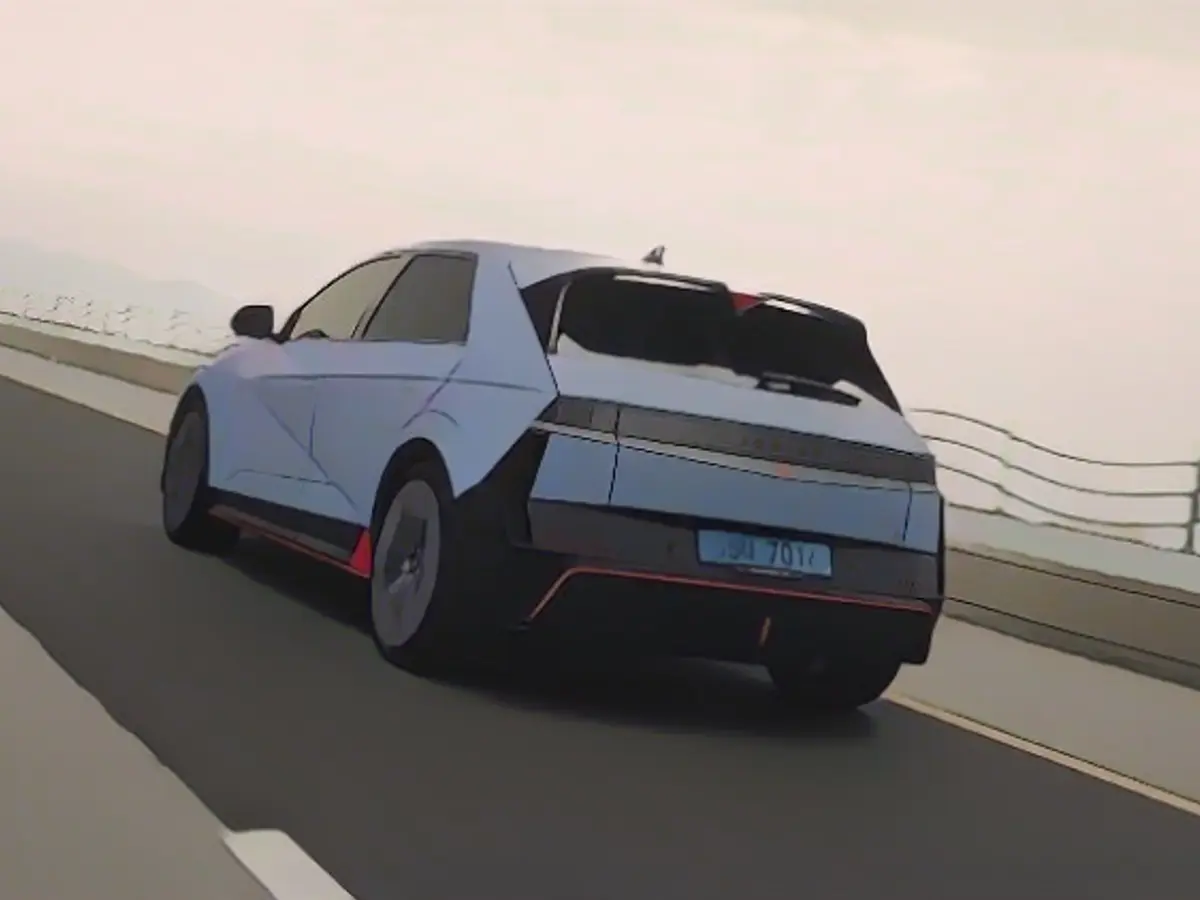High-flyer Hyundai Ioniq 5 outperforms most
Retro mid-range from Hyundai on steroids without side effects - is that possible? With the Ioniq 5 N, the Group shows how it's done and conquers the summit of purely electric automotive fun culture. But what about the sales hit parade? That remains to be proven. ntv.de has already had a feel.
I'm going to pretend that I don't know the Hyundai Ioniq 5 at all. As if I didn't even know that underneath the unconventional but very attractively shaped body is not - as some say - a "soulless" electric heart, but possibly a combustion engine. Okay.
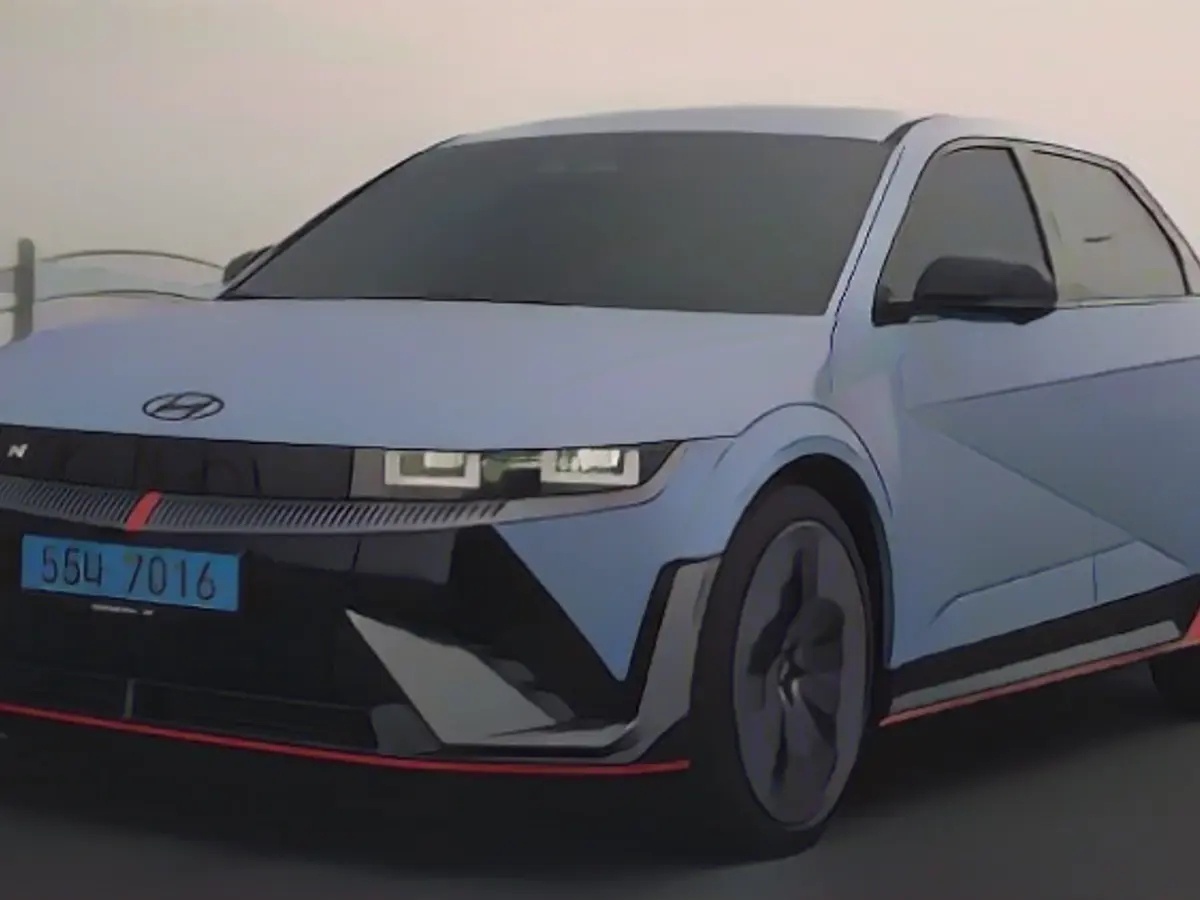
I get into the completely redesigned Ioniq 5 N for the first time, as it will soon be rolling out to customers, and press the start button. I can hardly believe my ears, but is the engine running? I can tell from the rev counter and the virtual needle on the left-hand side of the screen (instrument cluster) is shaking slightly nervously. I can use the right pedal to push the revs up when idling, at least that's what it sounds like. Crazy. I don't fiddle with the many settings now due to lack of time, I drive off instead.
Heaven knows what someone has preset, but this Ioniq 5 sounds really damn good. So, the first lap took me out of the metropolis of Seoul and into rural areas. Korea is quite densely populated, but the countryside is still reasonably free of traffic jams. However, I do find country roads that are nice and winding, but only allow 60 km/h. Hyundai has made provisions for this.
But Hyundai has taken precautions. Presumably, the local company knows exactly what the speeding ticket prices are and lets us journalists loose on the Korea International Circuit. At least here you can let off steam without the risk of a ticket. So, off we go with an introductory lap and then it gets serious. Full load and drop anchor just before the bend. The 650 hp all-wheel-drive vehicle with limited-slip differential to increase traction twitches its tail briefly, but the stability program catches it before it can make a turn. And again: full power right up to the hairpin bend. Neither its 2.2 ton unladen weight nor the three meter wheelbase are noticeable on the 4.72 meter long vehicle. Then brake and downshift, briefly cross and full speed ahead again.
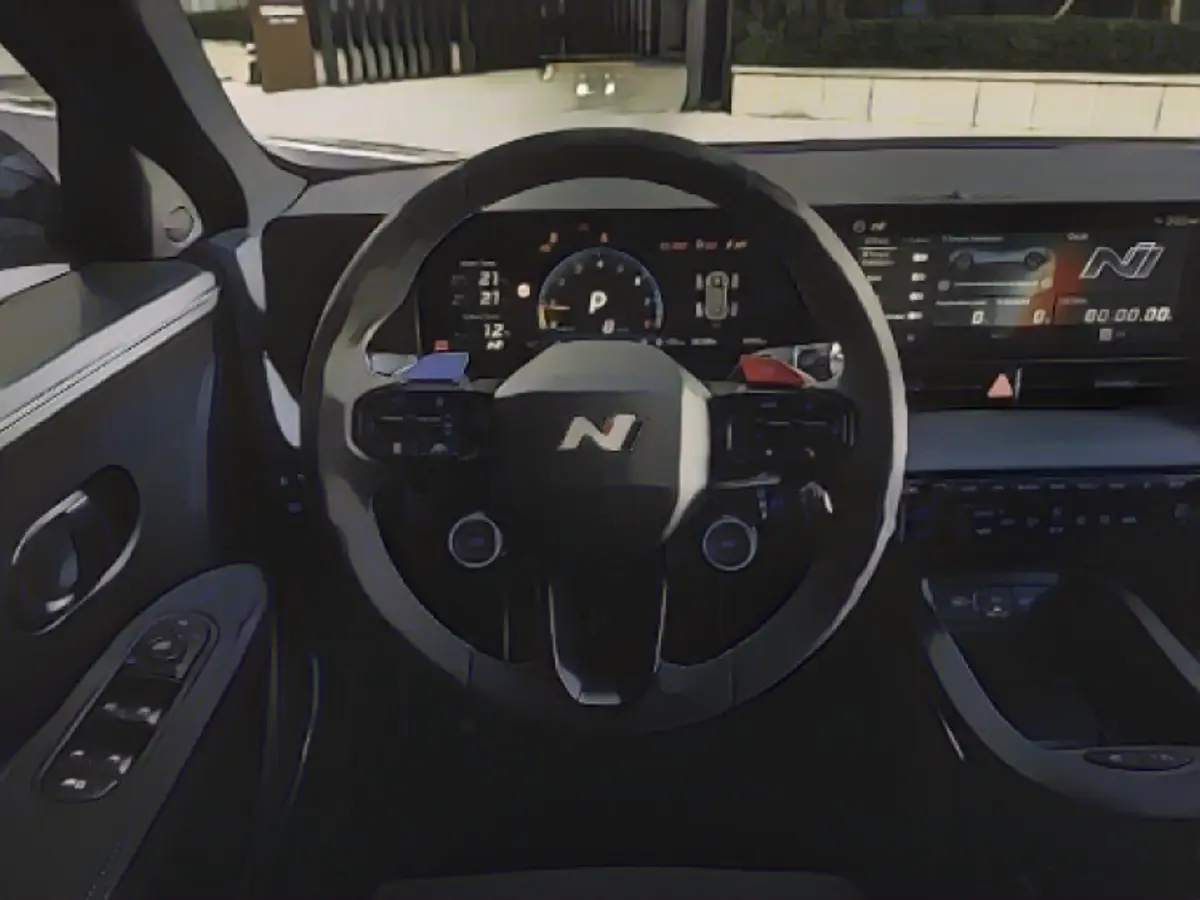
Wait, what was that? Downshift? Yes, exactly. The Ioniq 5 N shifts gears. Of course it doesn't have a gearbox, but the electronics do. And it simulates exactly what a combustion engine would do with the (rather authentic) sound. And that includes the corresponding interruption in tractive power. Even the small turbo lag that a turbocharged, small-volume four-cylinder engine would have is simulated. Honestly, anyone who doesn't know that this is a battery-electric car would easily mistake this Ioniq for a combustion engine. No wonder Hyundai dared to present the hobby racer at the Festival of Speed in Goodwood before its driving premiere.
Ten loudspeakers provide music, but in a different way than expected
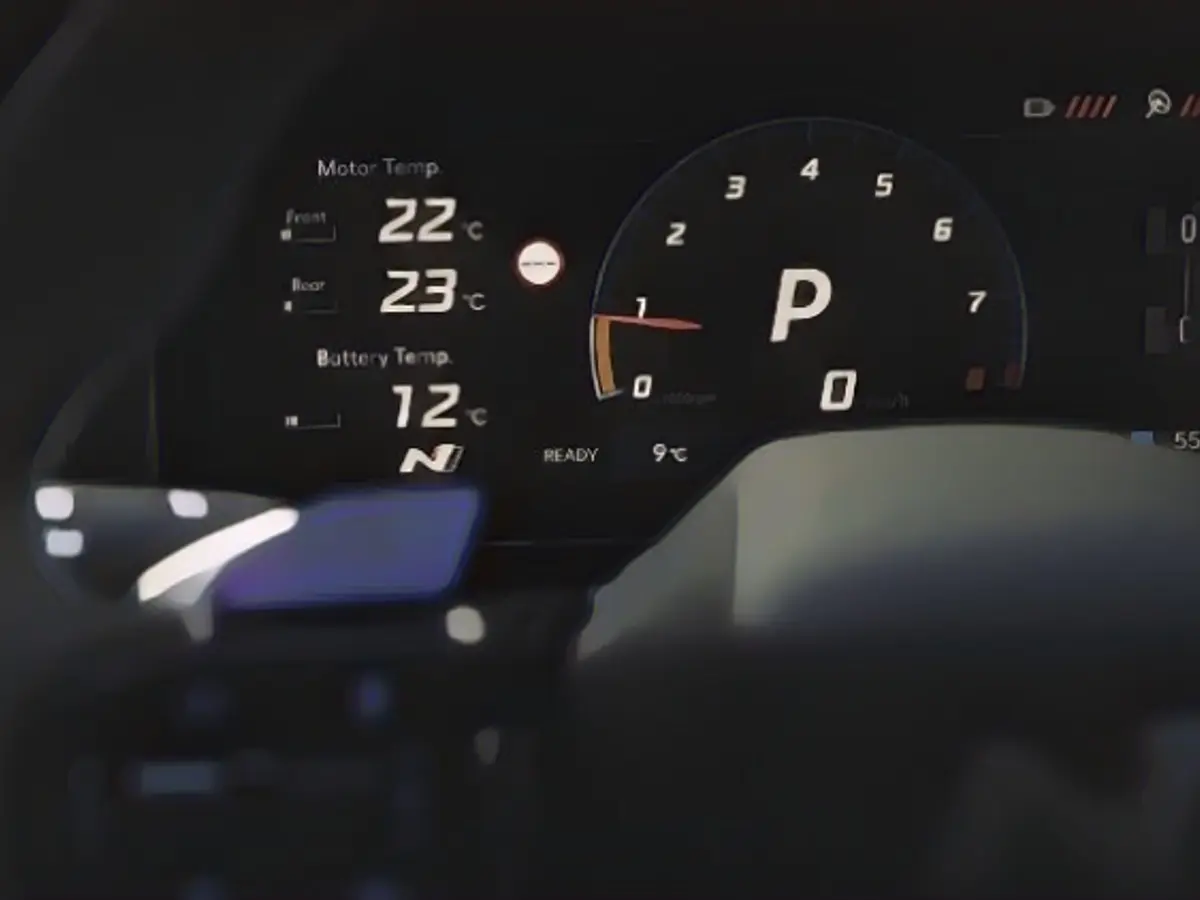
The technicians have installed ten loudspeakers (two of them on the outside) to give the electric car a realistic combustion engine sound. Do you need that? Nope, but it is admittedly a lot of fun. Chief engineer Albert Biermann has taken the time to explain the car in person in case there are any questions. And there are plenty of them. After all, technology fans know how difficult it is to elicit peak power from electric cars for as long as possible. When a combustion engine is rated at 650 hp, it delivers this as long as there is fuel in the tank. The electric motor does not, as Biermann is well aware. The thermal load on the battery at such high continuous currents is brutal. However, his team has tuned and tested the Ioniq 5 N on the Nürburgring. The maxim is: the electric car must be able to withstand 20 minutes of driving and 20 minutes of charging without degrading. Of course, this still needs to be tested.
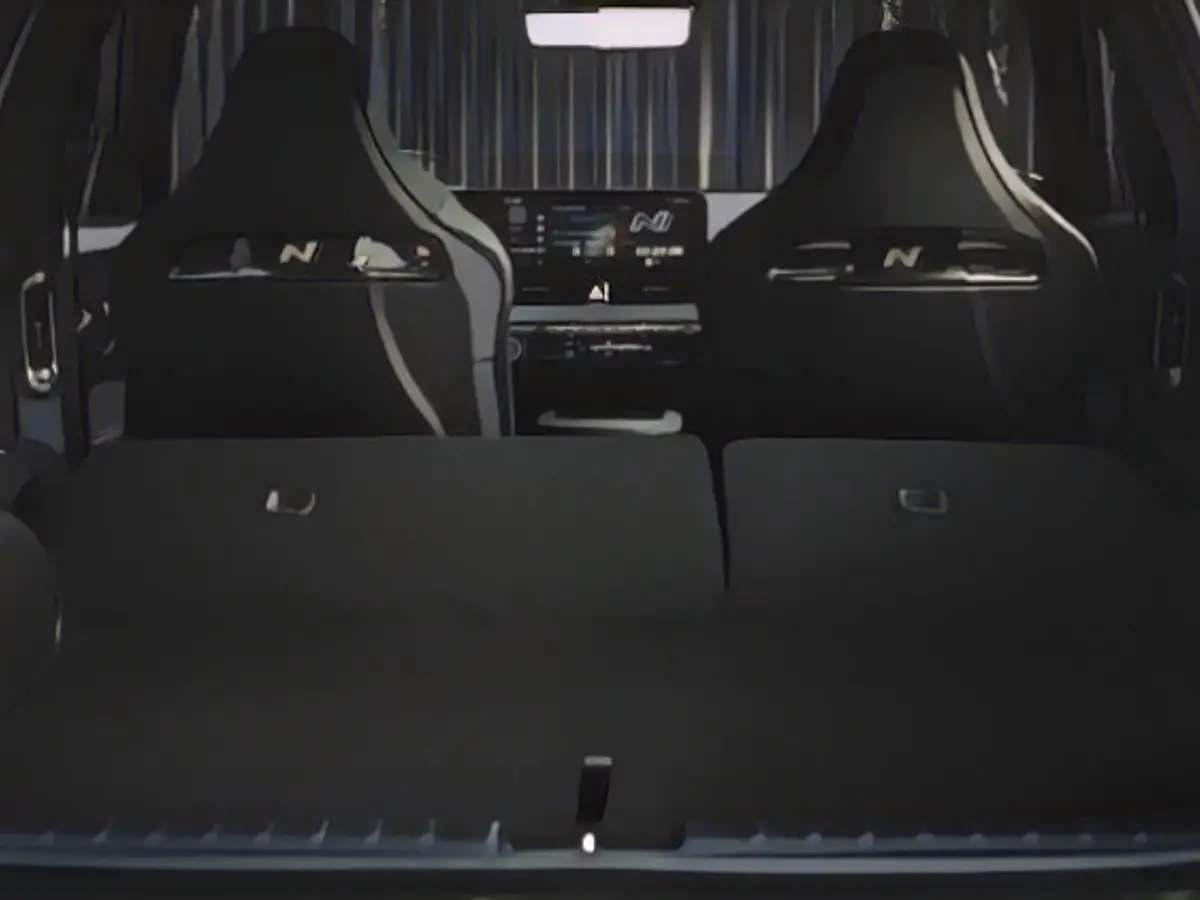
Of course, the Hyundai tinkerers have reworked a few things on the Ioniq 5 to make it fit for the track. Aero, braking system, chassis - everything has been touched. The firm but not brutally hard suspension of the mid-range model provides electronic drift assistance if the driver wants it. However, drifting with the snappy electric drive needs to be learned, and even professionals sometimes make unintentional turns. A particularly powerful brake system with modified cooling is even capable of recuperating in the ABS control range.
In order to be able to drive at high power for longer, the N model has improved battery cooling. There is a "drag" and a "track" mode to condition the battery for different requirements. Maximum power and 770 newton meters of torque are available for ten seconds in the boost function. And even non-professionals will recognize from the looks that this is no normal off-the-peg model. This would hardly need such a huge diffuser. On the other hand, the N is not obtrusive, you can be seen with it. Compared to the base model, the Performer is two centimeters lower and five centimeters wider.
Suitable for everyday use with 800 volts and an 84 kWh battery
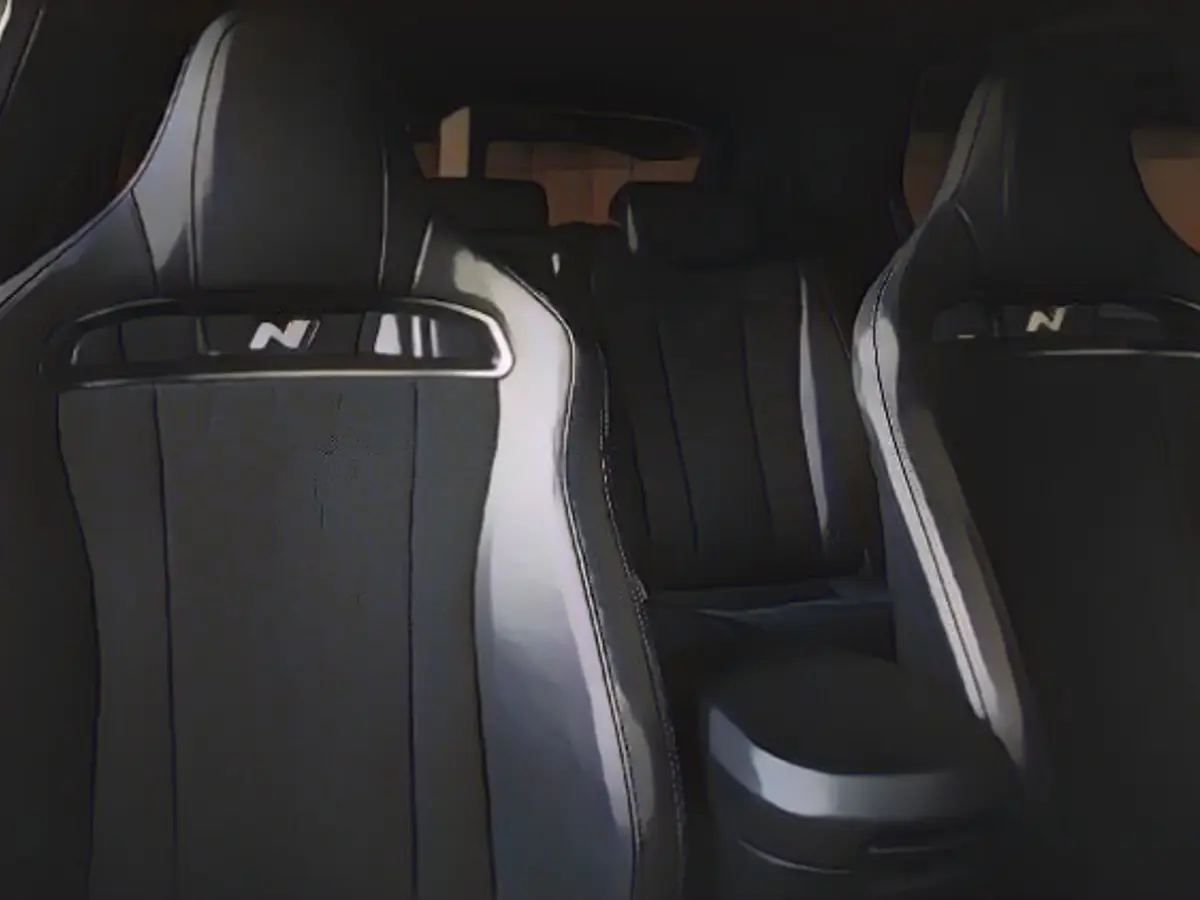
Later, I let the first drive fade away for a while in the recycled Alcantara sports seats with XXL side bolsters for maximum lateral support. I play around a bit with the racing and sound modes - after all, you can have different engine noises coming from the speakers. Well, you'll have to spend a few hours here in the future to get to grips with it completely.
Oh, and of course the currently most powerful Ioniq also has the 800-volt system. This means that the 84-kWh battery can be recharged to 80 percent within 18 minutes (the peak charging power should be somewhere around 240 kilowatts). This will presumably be the case more often if you make frequent use of the stated top speed of 260 km/h and the acceleration capacity of 3.4 seconds to 100 km/h in N Grin Boost.
You can't get this much high-power electric car for the estimated equivalent of just under 80,000 euros anywhere else at the moment. Hyundai has not yet communicated exact prices, but the most powerful Ioniq 5 should not be too far away from its sister model, the Kia EV6 GT (which is, however, tamer).
That's just the way it is when you have a chief developer who used to work for BMW M GmbH. The first Ioniq 5 N is expected to roll onto Germany's roads in February 2024.
The Ioniq 5 N, a high-performance electric vehicle from Hyundai, is not limited to the racing track. It's also suitable for everyday use, thanks to its 800-volt system and an 84 kWh battery that can be charged to 80% within 18 minutes.
Hyundai, known as one of the leading Korean carmakers in the field of electromobility, continues to innovate, with the Ioniq 5 N being a testament to their commitment to advancing electric vehicle technology.
Source: www.ntv.de
